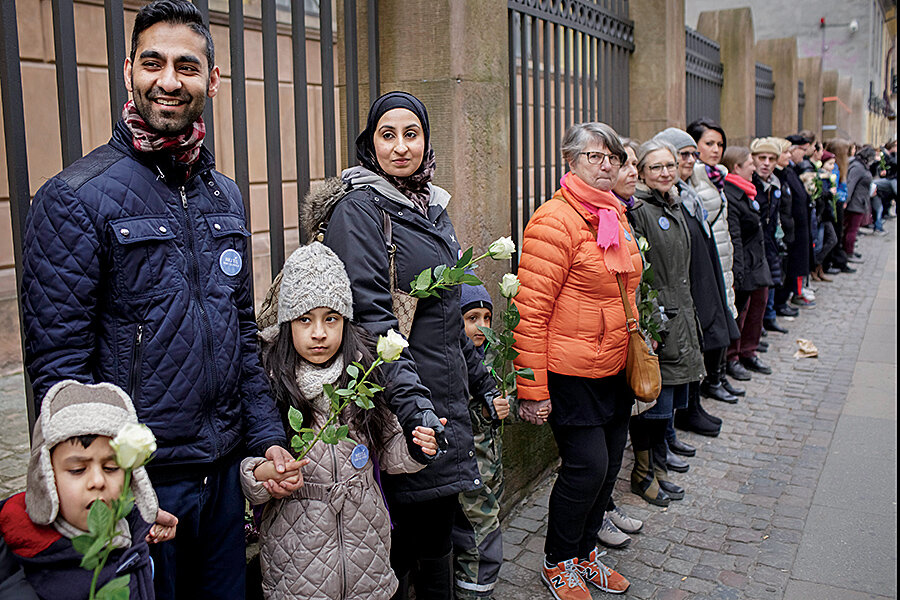Outlasting terror's waves
Loading...
Seduced by scathing critiques of Western society, young people were carrying out bombings, kidnappings, and assassinations across Europe and the Middle East. Graphic images screamed from the front pages of newspapers. Intelligence and law enforcement agencies were caught off guard. “The struggle against terrorism knows no borders,” the French minister of justice declared.
It was the 1970s. The Red Brigades, the Baader-Meinhof gang, the Japanese Red Army, the Provisional Irish Republican Army, and a bewildering array of Palestinian factions were spreading mayhem. Read through a list of terror incidents in the 1970s and you’ll relive month after month of drama. Enter “Carlos the Jackal” or the Irish Republican Army. Meet the latest Palestinian, Croatian, Quebecker, or South Moluccan militants as they hijack planes or trains and set off bombs in public places. A new cause was always demanding attention.
My brother Mark was working as a journalist in Rome when Red Brigades abducted and later killed Italian politician Aldo Moro. “That was really the turning point,” he recalls. “The public in Italy had seen the Red Brigades as a kind of Robin Hood until then, but that act was so heinous that there was universal revulsion.” I was in Beirut, Lebanon, a few years later. The constant splintering, infighting, and violence of revolutionary groups that used that failed state as their haven caused similar revulsion.
Intelligence and law enforcement got better. Political conditions changed. Soviet communism, which inspired, funded, and armed many of these causes, collapsed. But most important, terrorism became tiring, neither cowing nor converting the public.
Today’s concerns center on Islamic State, Boko Haram, Al Qaeda, Al Shabab, and similar movements. There are big differences between then and now, of course. For one thing, terrorists can flash images through the Internet nervous system more quickly and graphically than in the era of black-and-white photos and grainy videos. But the aim of these acts, then and now, is the same: to shock the system and change the world.
In a Monitor cover story (read it here), Seth Jones, a specialist on security and defense policy, examines the present and future of jihadism. Halting its spread and rolling it back are big challenges. But there are also similarities with the story arcs of past terror movements.
Security and intelligence services sooner or later catch up. More-enlightened governance in the Middle East and more-inclusive societies in Europe could decrease the alienation of young people. Most important, groups that use terror to shock the public are already seeing that the shock is wearing off. People want their lives back; they want to raise their kids and feel life’s joy, not be hectored by ideologues or brutalized by zealots.
Prediction: A generation from now, today’s militants may be remembered for spectacular acts of cruelty, but the sound and fury will have faded. New groups might be trying their hand at terrorism by then, but they will eventually make the same discovery: Life is more – it is stronger, longer, richer – than a violent hour on the world stage.
John Yemma can be reached at yemma@csmonitor.com.








